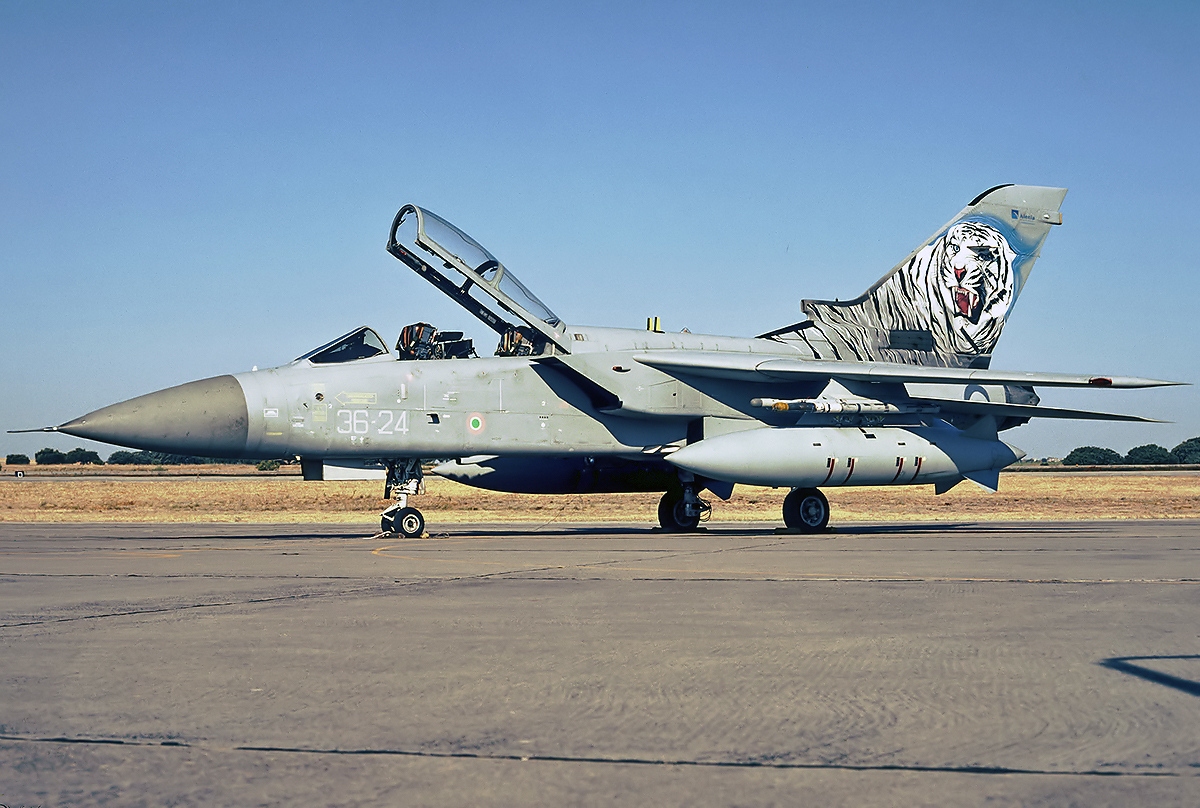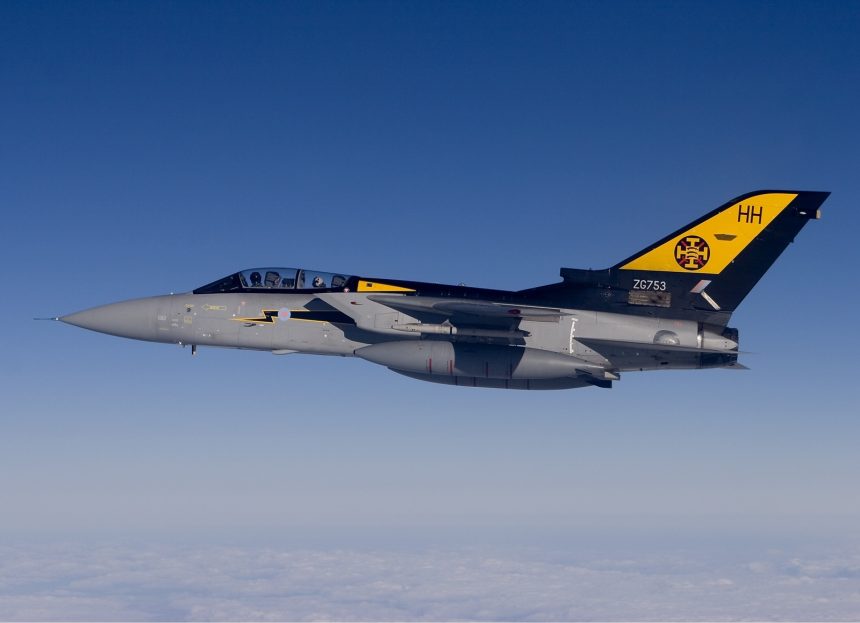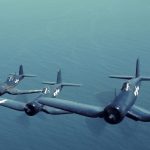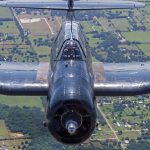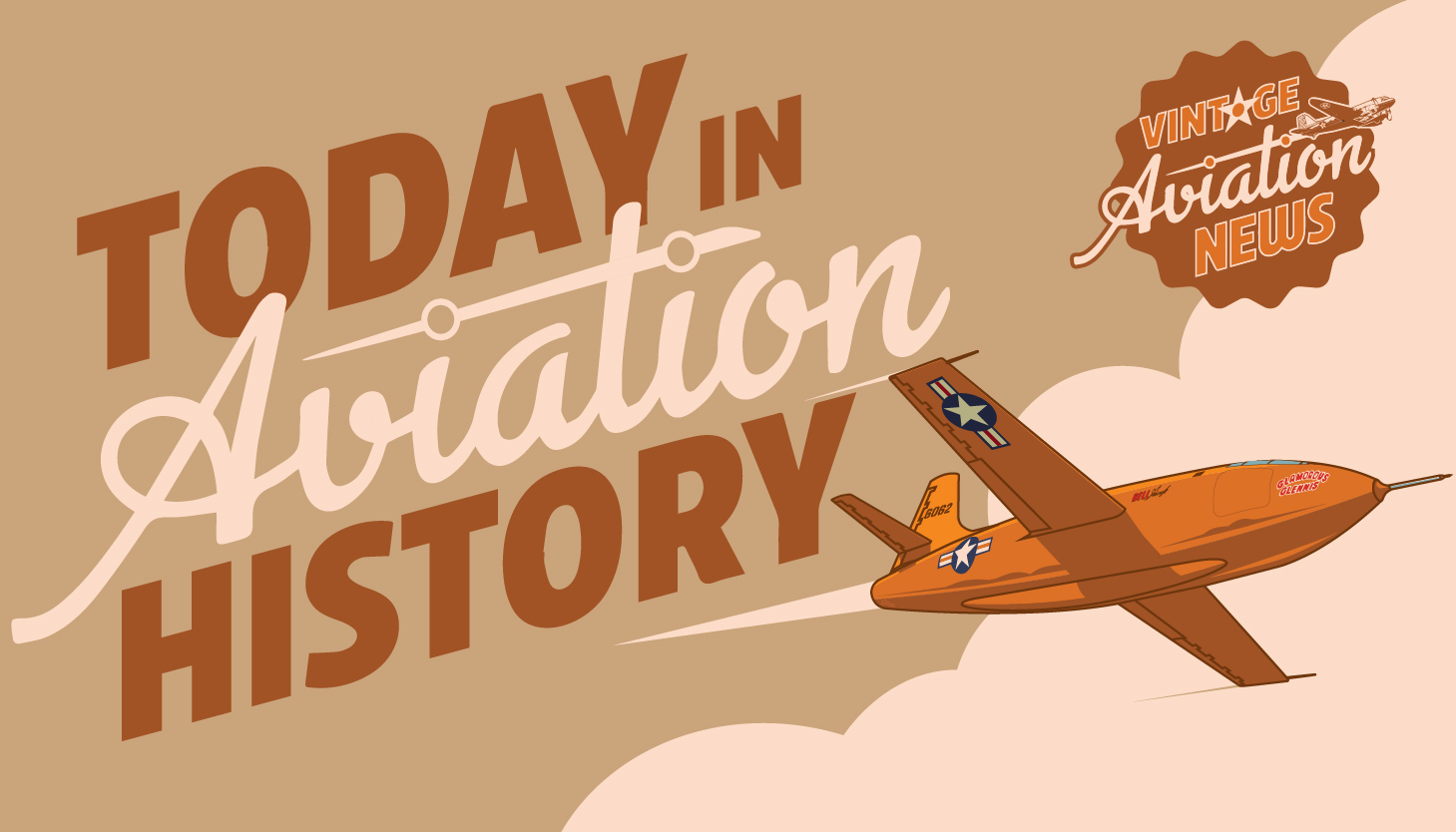
On this day in aviation history, 46 years ago (October 27, 1979), the Panavia Tornado ADV flew for the first time. The Tornado ADV (short for Air Defence Variant) is a long-range interceptor that was developed in Europe by the Panavia Aircraft GmbH association. This twin-engined, swing-wing fighter was a derivative of the Panavia Tornado multi-role fighter. Development of the aircraft began in 1976 with the intent to develop an interceptor to handle Soviet bombers. At the time, these bombers were flying over the North Sea, leaving the United Kingdom vulnerable to possible Nuclear strikes.
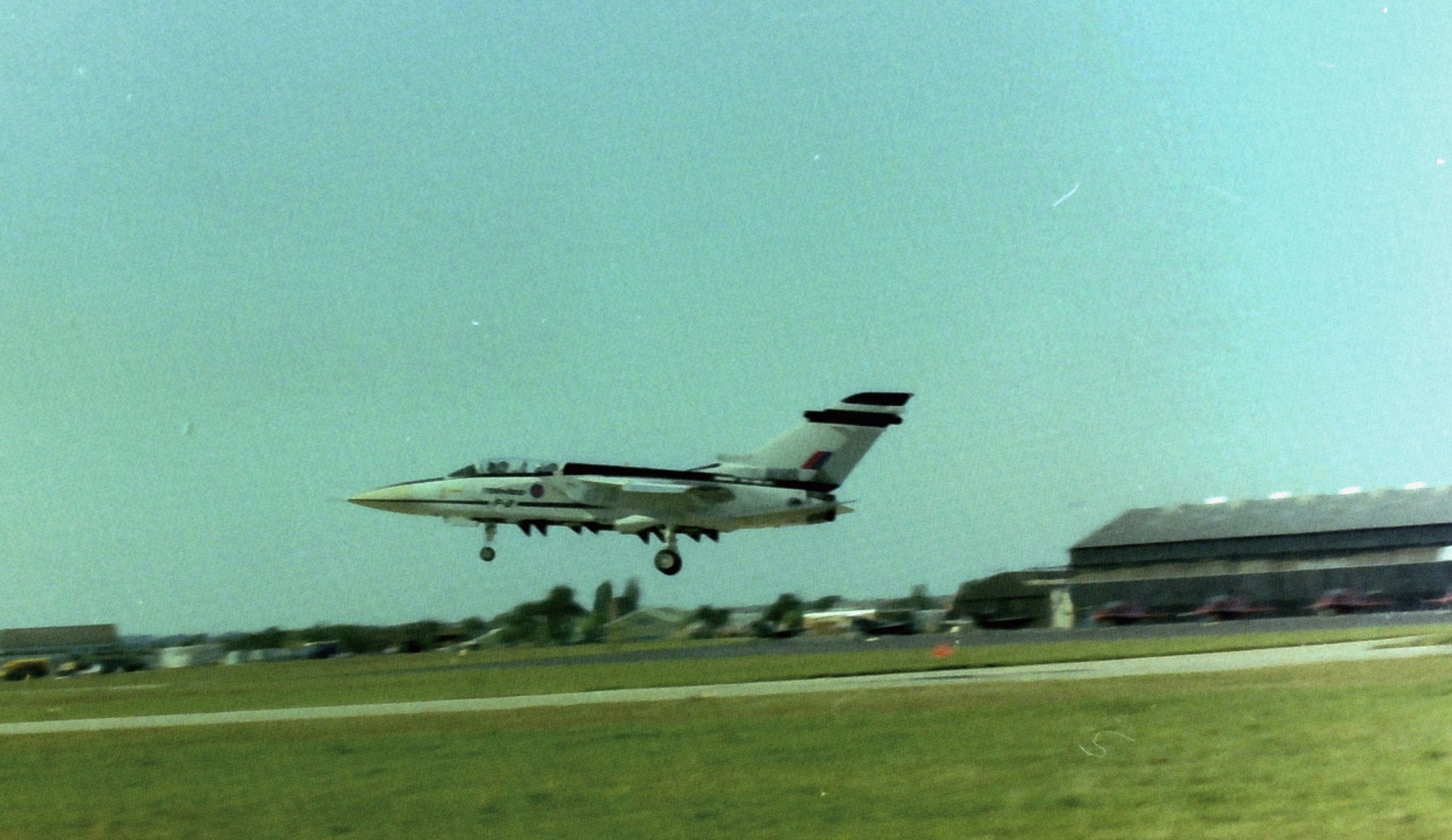
The Tornado ADV was upgraded to meet the needs of the interceptor mission. These modifications included a more powerful radar and also the capacity to carry beyond-visual-range missiles – a “must-have” to hit the enemy with little warning. Being that the ADV was directly developed from the Tornado IDS, the turnaround time for design and construction was efficient. The United Kingdom was the first nation to pursue the ADV. Four years after the aircraft’s maiden flight, the Tornado F2 entered Royal Air Force service in 1986.
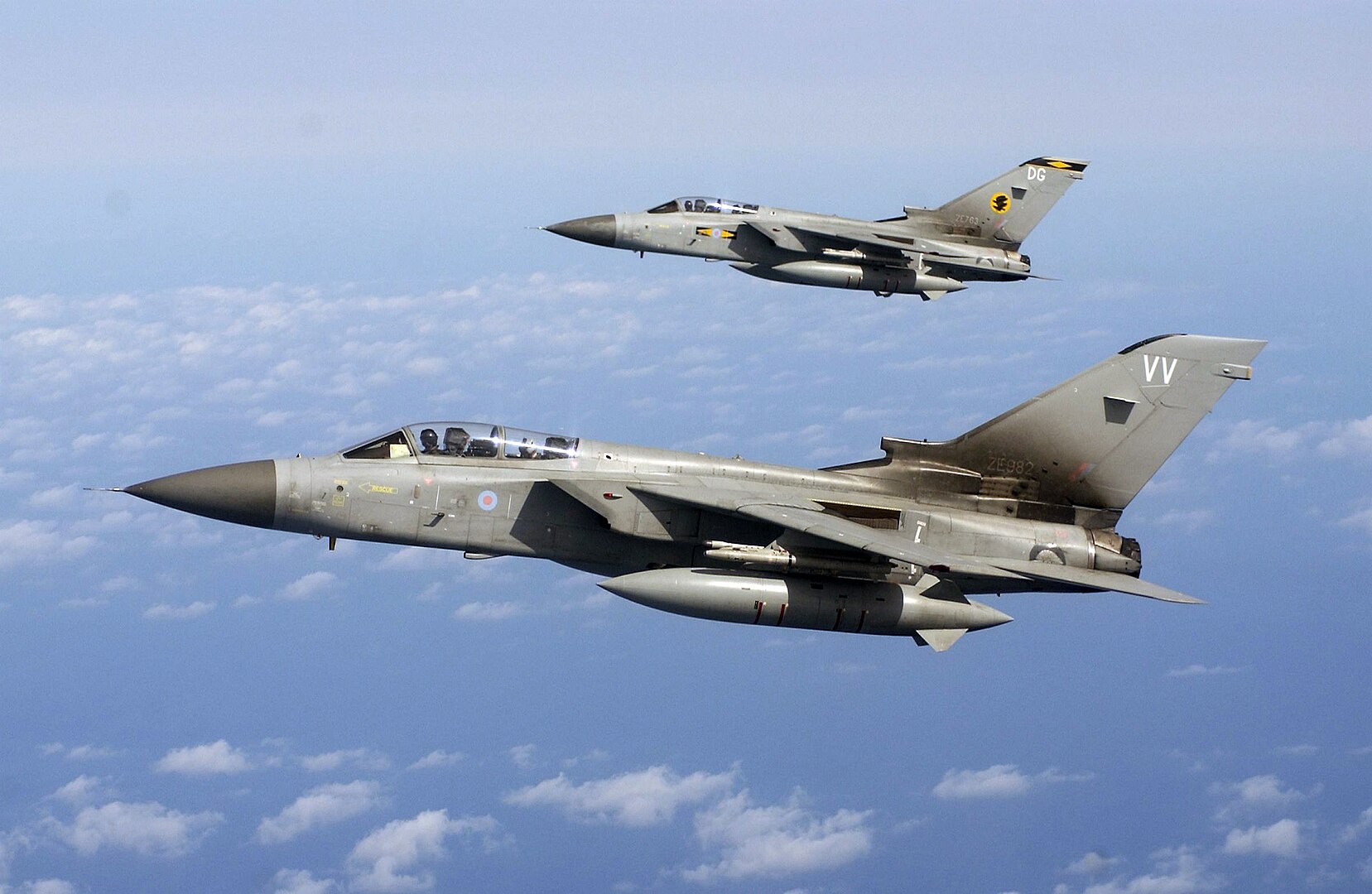
The Panavia Tornado F3 model was powered by two Turbo-Union RB199-34R turbofan engines, each with 9,100 pounds of thrust dry and 16,500 pounds with afterburner engaged. The F3’s maximum speed was Mach 2.2, or 1,500 miles per hour. A combat range of 1,001 nautical miles, service ceiling of 50,000 feet, and 2 hours of combat patrol endurance gave this Tornado variant a wide envelope within which to intercept Soviet bombers. Tornado F3s were armed with a 27 millimeter Mauser BK-27 revolver cannon that had 180 rounds. Additionally, the F3 could be loaded with four AIM-9 Sidewinder or ASRAAMs and four more British Aerospace Skyflash or AIM-120 AMRAAMs.
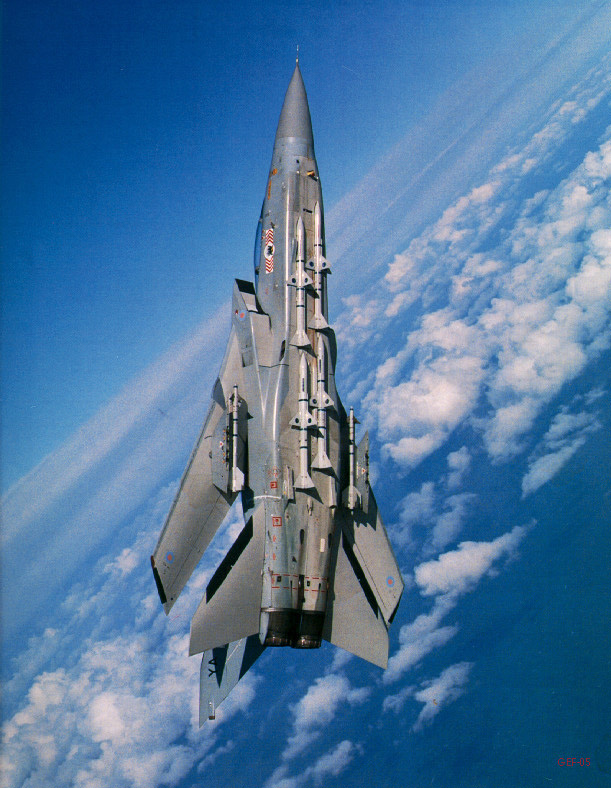
Panavia built a total of 194 Tornado ADVs during the aircraft’s production run. In addition to the Royal Air Force, the aircraft would go on to serve with the Royal Saudi and Italian Air Forces. The Italian Air Force ceased flying the Tornado in 2004, after a fairly unreliable service record. The RAF and RSAF both retired their ADVs in the early 2010s.
